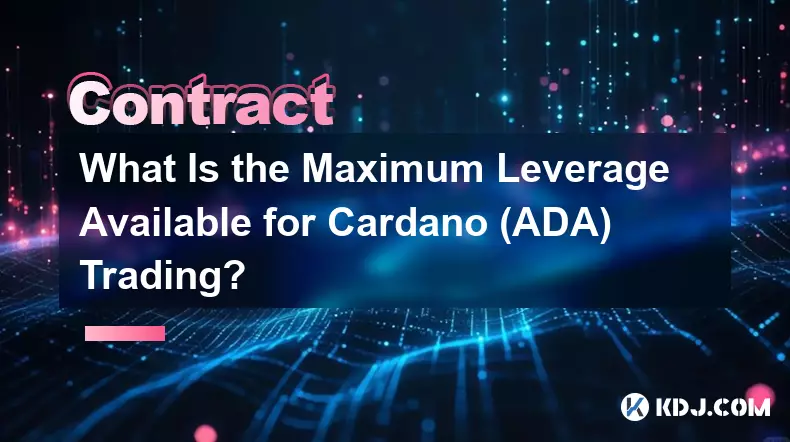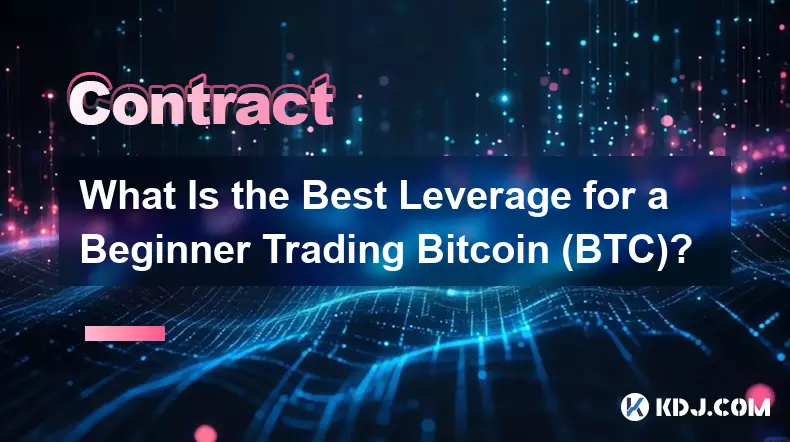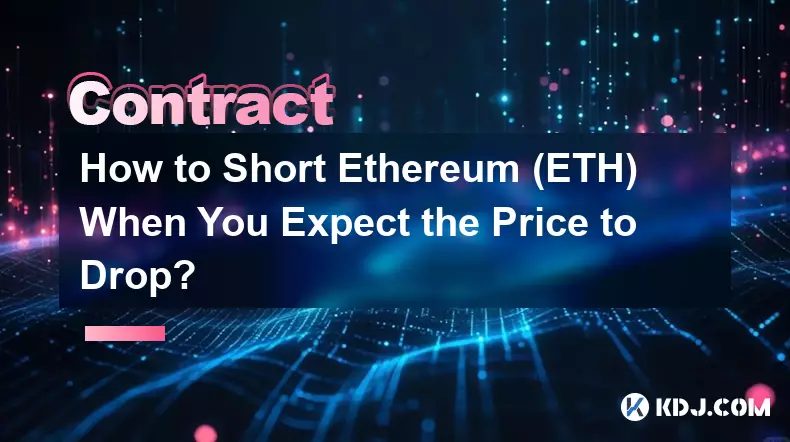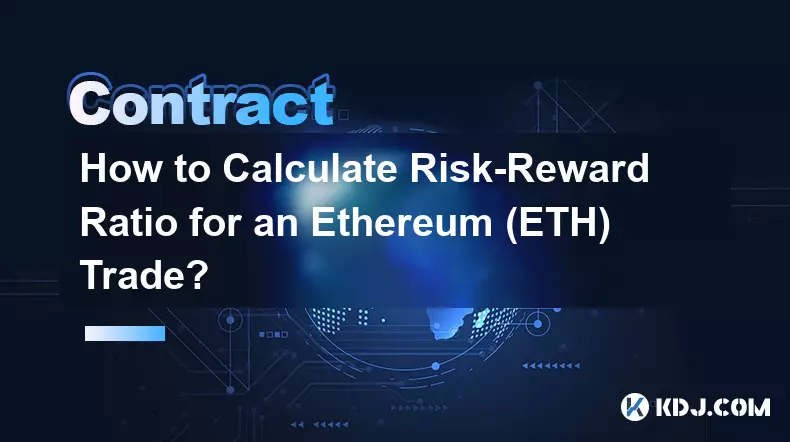-
 bitcoin
bitcoin $111743.690167 USD
0.54% -
 ethereum
ethereum $3950.699791 USD
0.55% -
 tether
tether $1.000164 USD
-0.01% -
 xrp
xrp $2.611685 USD
2.58% -
 bnb
bnb $1122.616845 USD
1.30% -
 solana
solana $193.462394 USD
-0.26% -
 usd-coin
usd-coin $0.999872 USD
-0.03% -
 dogecoin
dogecoin $0.196092 USD
-1.61% -
 tron
tron $0.296693 USD
-0.41% -
 cardano
cardano $0.652995 USD
-0.60% -
 hyperliquid
hyperliquid $44.316120 USD
12.98% -
 chainlink
chainlink $17.906269 USD
0.05% -
 ethena-usde
ethena-usde $0.999193 USD
-0.02% -
 stellar
stellar $0.326600 USD
1.70% -
 bitcoin-cash
bitcoin-cash $513.235984 USD
1.57%
How can I avoid liquidation when the market is volatile with Bitcoin contracts?
Liquidation in Bitcoin futures occurs when margin falls below maintenance levels, often due to high volatility and leverage—exchanges use mark price to prevent manipulation and may close positions automatically.
Oct 24, 2025 at 06:18 am

Understanding Liquidation in Bitcoin Futures Trading
1. Liquidation occurs when a trader’s margin balance falls below the maintenance margin required to keep a leveraged position open. In Bitcoin futures trading, high volatility can trigger rapid price swings that quickly erode equity in a position. When the market moves against a leveraged long or short, the exchange automatically closes the position to prevent further losses.
2. The liquidation price is determined by the entry price, leverage used, and the amount of collateral deposited. Higher leverage reduces the buffer between entry and liquidation, making positions more vulnerable during turbulent markets. For example, a 50x leveraged contract may get liquidated with just a 2% adverse move.
3. Exchanges use a Mark Price, often based on spot indices and funding rates, to calculate unrealized PnL and determine liquidation levels. This prevents manipulation through isolated order book spikes. Traders must monitor both the last traded price and the Mark Price to assess true risk exposure.
4. Partial liquidations can occur on certain platforms, where only a portion of the position is closed to preserve remaining capital. However, repeated adverse movements may lead to full closure over time if the position isn’t adjusted or additional margin isn’t added.
Strategies to Reduce Liquidation Risk
1. Use lower leverage even if higher multiples are available. A position opened at 5x or 10x leverage withstands much larger price swings than one at 25x or 50x. Conservative leverage gives breathing room during sudden volatility without requiring constant monitoring.
2. Set stop-loss orders strategically to limit downside. While stop-losses don’t eliminate liquidation risk entirely, they help close positions before reaching critical loss thresholds. Some traders place stops beyond obvious technical levels to avoid being stopped out by short-term noise.
3. Increase collateral by adding margin manually when the market moves against the position. Known as margin top-up, this action raises the liquidation threshold and extends the position's survival range. Automated alerts can notify traders when their margin ratio approaches danger zones.
4. Diversify position sizing across multiple entries instead of deploying full capital at once. Scaling into trades allows averaging entry points and reduces reliance on perfect timing, which is especially useful in choppy Bitcoin markets.
Monitoring Market Conditions and Alerts
1. Track volatility indicators such as the Bitcoin Volatility Index (BVOL) or standard deviation of price changes over specific intervals. Elevated volatility signals increased risk of sharp moves that could threaten leveraged positions.
2. Enable real-time price alerts through exchange apps or third-party tools. Notifications for key support/resistance breaks, volume spikes, or funding rate extremes allow proactive adjustments before liquidation becomes imminent.
3. Watch macro events that influence Bitcoin pricing, including regulatory news, macroeconomic data releases, and large whale transactions. These factors often precede high-volatility periods where liquidation clusters form on exchanges.
4. Monitor open interest and liquidation heatmaps provided by analytics platforms. Sudden spikes in long or short liquidations can indicate upcoming reversals or continuation patterns, helping traders adjust their risk parameters accordingly.
Proper risk management is not optional in volatile Bitcoin contract trading—it is essential for survival.
Frequently Asked Questions
What is the difference between initial margin and maintenance margin?Initial margin is the capital required to open a leveraged position, while maintenance margin is the minimum amount needed to keep it active. If equity drops below maintenance margin, liquidation is triggered.
Can I get liquidated even if the price recovers afterward?Yes. Once liquidation executes, the position is closed regardless of subsequent price movement. Markets often 'hunt' liquidation clusters before reversing, leading to frustration among traders who were nearly profitable.
Do all exchanges have the same liquidation mechanisms?No. Different platforms use varying methods for calculating mark prices, determining leverage limits, and handling partial versus full liquidations. It’s crucial to understand the specific rules of the exchange being used.
How does funding rate affect my position and liquidation risk?Funding rates impact holding costs in perpetual contracts. High positive funding penalizes longs, while high negative funding hurts shorts. Over time, unfavorable funding can erode margin balance, increasing vulnerability to liquidation even without adverse price moves.
Disclaimer:info@kdj.com
The information provided is not trading advice. kdj.com does not assume any responsibility for any investments made based on the information provided in this article. Cryptocurrencies are highly volatile and it is highly recommended that you invest with caution after thorough research!
If you believe that the content used on this website infringes your copyright, please contact us immediately (info@kdj.com) and we will delete it promptly.
- Essex Post Office, 5p Coins, and King Charles: A Royal Mint Revelation!
- 2025-10-23 10:30:16
- Waymo's Newark Airport AV Tests: Alphabet's AI Gamble Pays Off?
- 2025-10-23 10:30:16
- King Charles 5p Coins: A Royal Flush in Your Pocket?
- 2025-10-23 10:35:18
- Solana, Crypto Advisory, and Forward Industries: A New York Minute on the Future of Finance
- 2025-10-23 08:51:22
- MAGACOIN: Ethereum Whales Dive into the Hottest Presale of 2025
- 2025-10-23 08:51:22
- Kadena's End of the Road? KDA Token Plummets Amid Project Abandonment
- 2025-10-23 08:55:34
Related knowledge

What Is the Maximum Leverage Available for Cardano (ADA) Trading?
Oct 26,2025 at 12:18pm
Understanding Leverage in Cardano (ADA) Trading1. Leverage allows traders to control a larger position using a smaller amount of capital. In the conte...

What Are the Fees Involved in Trading Solana (SOL) Perpetual Swaps?
Oct 26,2025 at 07:36am
Fees Structure in Solana Perpetual Swap Trading1. Trading perpetual swaps on Solana-based decentralized exchanges involves several types of fees that ...

How to Trade Ethereum (ETH) Breakouts with High Leverage Safely?
Oct 26,2025 at 02:19am
Understanding High Leverage in Ethereum Trading1. High leverage allows traders to control large positions with relatively small capital, amplifying bo...

What Is the Best Leverage for a Beginner Trading Bitcoin (BTC)?
Oct 26,2025 at 07:00am
Understanding Leverage in Bitcoin Trading1. Leverage allows traders to borrow capital to increase the size of their trading positions beyond what thei...

How to Short Ethereum (ETH) When You Expect the Price to Drop?
Oct 25,2025 at 05:18pm
Understanding Short Selling in the Cryptocurrency Market1. Short selling Ethereum means borrowing ETH and selling it at the current market price with ...

How to Calculate Risk-Reward Ratio for an Ethereum (ETH) Trade?
Oct 26,2025 at 09:55am
Understanding the Risk-Reward Ratio in Crypto TradingThe risk-reward ratio is a critical metric used by traders to evaluate the potential profitabilit...

What Is the Maximum Leverage Available for Cardano (ADA) Trading?
Oct 26,2025 at 12:18pm
Understanding Leverage in Cardano (ADA) Trading1. Leverage allows traders to control a larger position using a smaller amount of capital. In the conte...

What Are the Fees Involved in Trading Solana (SOL) Perpetual Swaps?
Oct 26,2025 at 07:36am
Fees Structure in Solana Perpetual Swap Trading1. Trading perpetual swaps on Solana-based decentralized exchanges involves several types of fees that ...

How to Trade Ethereum (ETH) Breakouts with High Leverage Safely?
Oct 26,2025 at 02:19am
Understanding High Leverage in Ethereum Trading1. High leverage allows traders to control large positions with relatively small capital, amplifying bo...

What Is the Best Leverage for a Beginner Trading Bitcoin (BTC)?
Oct 26,2025 at 07:00am
Understanding Leverage in Bitcoin Trading1. Leverage allows traders to borrow capital to increase the size of their trading positions beyond what thei...

How to Short Ethereum (ETH) When You Expect the Price to Drop?
Oct 25,2025 at 05:18pm
Understanding Short Selling in the Cryptocurrency Market1. Short selling Ethereum means borrowing ETH and selling it at the current market price with ...

How to Calculate Risk-Reward Ratio for an Ethereum (ETH) Trade?
Oct 26,2025 at 09:55am
Understanding the Risk-Reward Ratio in Crypto TradingThe risk-reward ratio is a critical metric used by traders to evaluate the potential profitabilit...
See all articles










































































